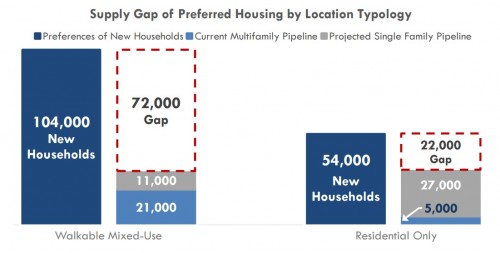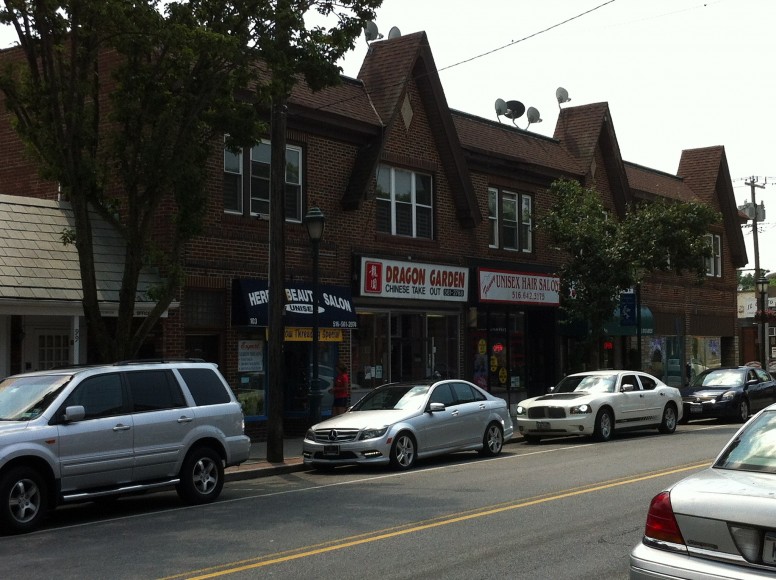If there’s one thing people like to talk about, it’s millennials, and what they’re up to. So the shift of young working-age Americans (18 to 34) to dense, walkable and transit-accessible communities (not just big cities) isn’t anything new. But some regions still aren’t prepared to meet the housing preference shift for the largest generation in American history.
According to a recent analysis by the Rauch Foundation, Long Island is facing a significant shortfall of multi-family housing, especially in walkable communities. Between 1990 and 2014, Nassau and Suffolk Counties lost 16 percent of its young working-age population. If Long Island communities are interested in recovering some of those residents, there’s no time to waste on investing in safe walking infrastructure and embracing denser development.

Construction of multi-family developments including assisted-living facilities and mixed-use projects has been on the upswing on Long Island in recent years, enough so that industry employment grew 19 percent between 1990 and 2010. Based on current production rates, Long Island is projected to add 64,000 housing units by 2030, of which 40 percent (26,000) will be in multi-family developments. Nassau and Suffolk Counties, however, are expected to gain upwards of 158,000 households by 2030. Two-thirds of those new households (roughly 104,000) will prefer walkable, mixed-use communities. The report forecasts Long Island will be able to meet just 40 percent of its total projected housing needs for 2030, and only 30 percent of the demand for units in walkable neighborhoods.
Potential younger working-age residents, however, are not the only ones affected by the housing gap. Aging Long Islanders looking to downsize face limited options since construction has not kept up with increasing demand for multi-family housing, meaning desirable options are often unaffordable. The Long Island Index suggests zoning changes, including increased building heights and lot coverage, to allow for even denser multi-family housing to improve affordability.
As Long Island communities welcome denser, more mixed-use development patterns, local and county governments must continue to invest in safe walking infrastructure. Both Nassau and Suffolk Counties have already adopted county-wide complete streets policies. But progress on reducing pedestrian fatalities has been slow: between 2011 and 2013, roughly the same number of pedestrians were killed by drivers on Long Island streets (220) as in Manhattan and Queens (222), despite significantly lower pedestrian exposure rates for Nassau and Suffolk residents.
There are plenty of young adults who want to live on Long Island, but they need affordable housing and transportation options. Embracing walkable, mixed-use development–especially around transit nodes–is one way to help fill the gap between what is being built and what the region needs.


[…] complete streets policies, reducing pedestrian fatalities throughout Long Island has been sluggish. But there are signs of hope: last week, 45 New York State lawmakers–including […]